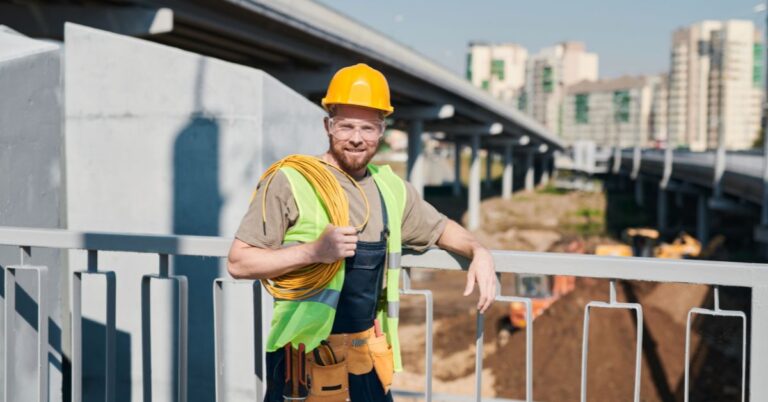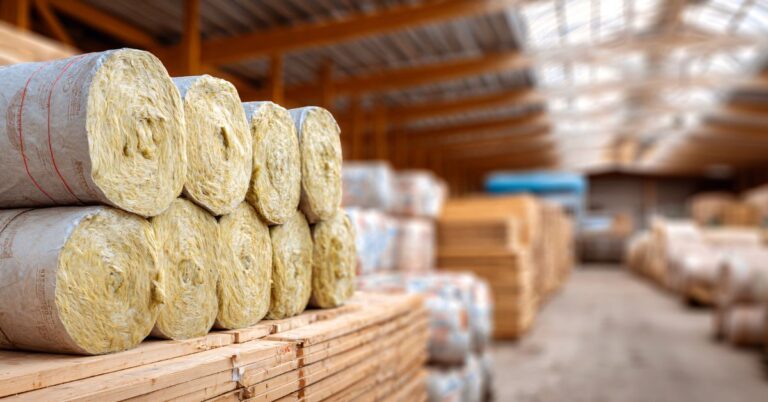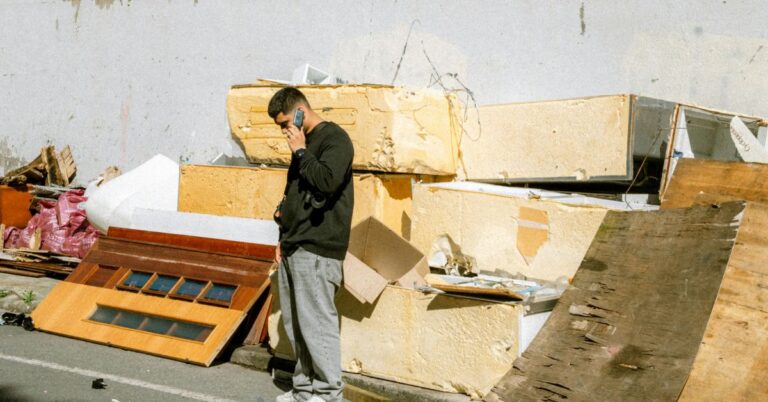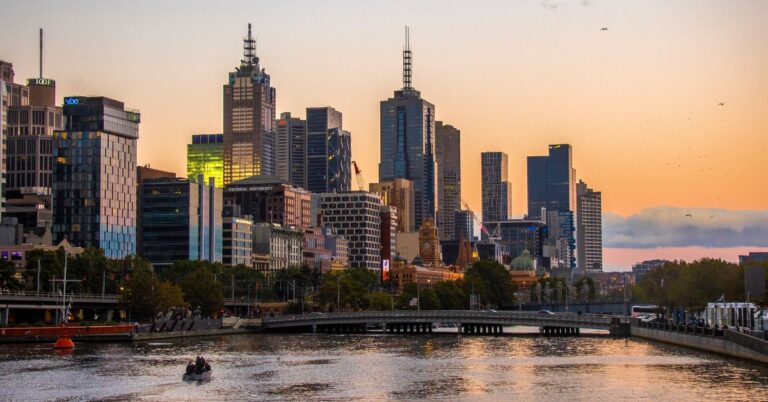As Melbourne and other cities move toward a more sustainable future, the construction industry is transforming how buildings are designed, built, and maintained. Sustainable building trends are no longer just an option — they’re a necessity for reducing environmental impact, improving energy efficiency, and creating healthier living spaces.
From eco-friendly materials to advanced green building technologies, these innovations are redefining what it means to build responsibly in today’s world.
What Is Sustainable Building?
Sustainable building — also known as green building — focuses on minimising negative environmental impacts throughout the entire lifecycle of a structure. It involves using renewable materials, reducing energy consumption, and creating efficient, comfortable, and durable living spaces.
In simple terms, it’s about building smarter, not just bigger — making choices that are good for both the planet and the people living in it.
Why Sustainability Matters in Construction
The construction industry contributes significantly to global carbon emissions and waste. However, as awareness grows, more builders and homeowners are prioritising environmental building practices.
Key benefits of adopting sustainability in construction include:
- Lower carbon footprint through eco-friendly materials and energy-efficient systems.
- Reduced operating costs with solar power, insulation, and smart technology.
- Healthier indoor environments with non-toxic paints and improved air quality.
- Higher property value due to modern, energy-saving designs.
- Compliance with evolving government regulations promoting sustainable development.
Top Sustainable Building Trends in Melbourne and Beyond
Let’s explore the most influential sustainability trends currently shaping Melbourne’s building industry:
1. Energy-Efficient Homes
One of the most significant trends is the move toward energy-efficient design. Builders are incorporating passive solar design, double-glazed windows, and advanced insulation to reduce energy consumption and maintain indoor comfort.
Smart thermostats and automated lighting systems further help control energy use, ensuring minimal waste.
2. Use of Renewable Energy Sources
Installing solar panels has become a standard feature for new homes and renovations across Melbourne. Many builders also integrate battery storage systems, allowing homeowners to store and use renewable energy even at night.
3. Sustainable Building Materials
From bamboo flooring to recycled concrete, the shift toward eco-friendly materials is one of the most noticeable changes in construction.
Popular sustainable materials include:
- Recycled steel and aluminium
- Engineered timber
- Hempcrete and rammed earth
- Low-VOC (volatile organic compound) paints
- Reclaimed bricks and wood
These materials not only reduce waste but also improve durability and efficiency.
4. Water Conservation Systems
With Melbourne’s variable climate, water management has become a critical sustainability focus. Builders are incorporating:
- Rainwater harvesting systems
- Greywater recycling
- Efficient irrigation setups
- Low-flow fixtures and appliances
These measures help reduce water consumption without compromising convenience.
5. Green Roofs and Living Walls
A growing architectural trend in urban areas, green roofs and vertical gardens improve insulation, enhance air quality, and reduce the urban heat effect. They also create natural habitats for pollinators and add visual appeal to modern homes and commercial buildings.
6. Smart and Sustainable Technologies
Smart home systems are now integrated into eco-friendly builds to improve sustainability. From automated blinds that respond to sunlight to energy monitoring systems that track consumption, these technologies make homes more efficient and adaptable.
7. Modular and Prefabricated Construction
Prefabrication allows for precise material usage, reduced waste, and faster construction times. Many Melbourne builders are adopting modular design techniques to deliver efficient, eco-conscious housing without sacrificing style or functionality.
8. Sustainable Urban Planning
Beyond individual buildings, entire communities are being designed with sustainability at the core. These developments focus on public transport accessibility, green spaces, and energy-sharing systems that encourage community-driven environmental responsibility.
Environmental Building Certifications in Melbourne
Builders and developers aiming to meet high environmental standards often pursue recognised certifications. The most notable include:
- Green Star (Green Building Council of Australia) – Focuses on sustainability performance across energy, water, and materials.
- NABERS (National Australian Built Environment Rating System) – Measures a building’s operational efficiency.
- Passivhaus Certification – Recognises buildings that achieve ultra-low energy consumption and high comfort standards.
These certifications not only demonstrate compliance with environmental building codes but also increase property value and buyer confidence.
Sustainable Renovation Trends
Sustainability isn’t just for new builds — homeowners are embracing eco-friendly renovations too. Melbourne homeowners are upgrading existing properties with:
- Better insulation and window glazing
- Energy-efficient lighting and appliances
- Recycled or reclaimed interior finishes
- Solar water heating systems
These updates can dramatically reduce energy bills and environmental impact, making older homes as efficient as new constructions.
Challenges in Adopting Green Building Practices
Despite the growing popularity of green building, several challenges remain:
- Higher upfront costs for sustainable materials and technologies
- Limited availability of skilled professionals in green construction methods
- Complex approval processes for new eco-friendly designs
However, government incentives, rebates, and increased consumer demand are steadily overcoming these barriers — making sustainability more accessible for everyone.
The Future of Sustainable Building
The next decade promises even greater advancements in environmental building innovation. Expect to see:
- Net-zero homes that produce as much energy as they consume.
- 3D-printed sustainable materials that reduce waste.
- AI-driven design software that optimises energy performance before construction even begins.
These developments highlight a clear direction — one where every project contributes to a cleaner, greener, and more responsible construction industry.
Conclusion
Sustainable building trends are reshaping the construction landscape in Melbourne and across the globe. With an increasing focus on eco-friendly materials, renewable energy, and green design, builders and homeowners alike are helping to build a more sustainable future.
Whether you’re planning a new build or renovating your existing home, embracing green building practices ensures your investment benefits not only you — but the planet as well.
Building sustainably isn’t just a trend. It’s a lasting commitment to a better tomorrow.
Suggested Image Placements:
- Solar panels on a modern Melbourne home (Alt: “green building Melbourne”)
- Builder installing bamboo flooring (Alt: “eco-friendly construction materials”)
- Green roof with plants and solar panels (Alt: “sustainable architecture Melbourne”)
Internal Link Suggestions:
- Building Compliance Melbourne
- Renovation Process Melbourne
- Building Process Melbourne
- Construction Phases Melbourne
- Covid Safe Building Melbourne
